Thriving not just surviving: Creating a personal road map to wellbeing
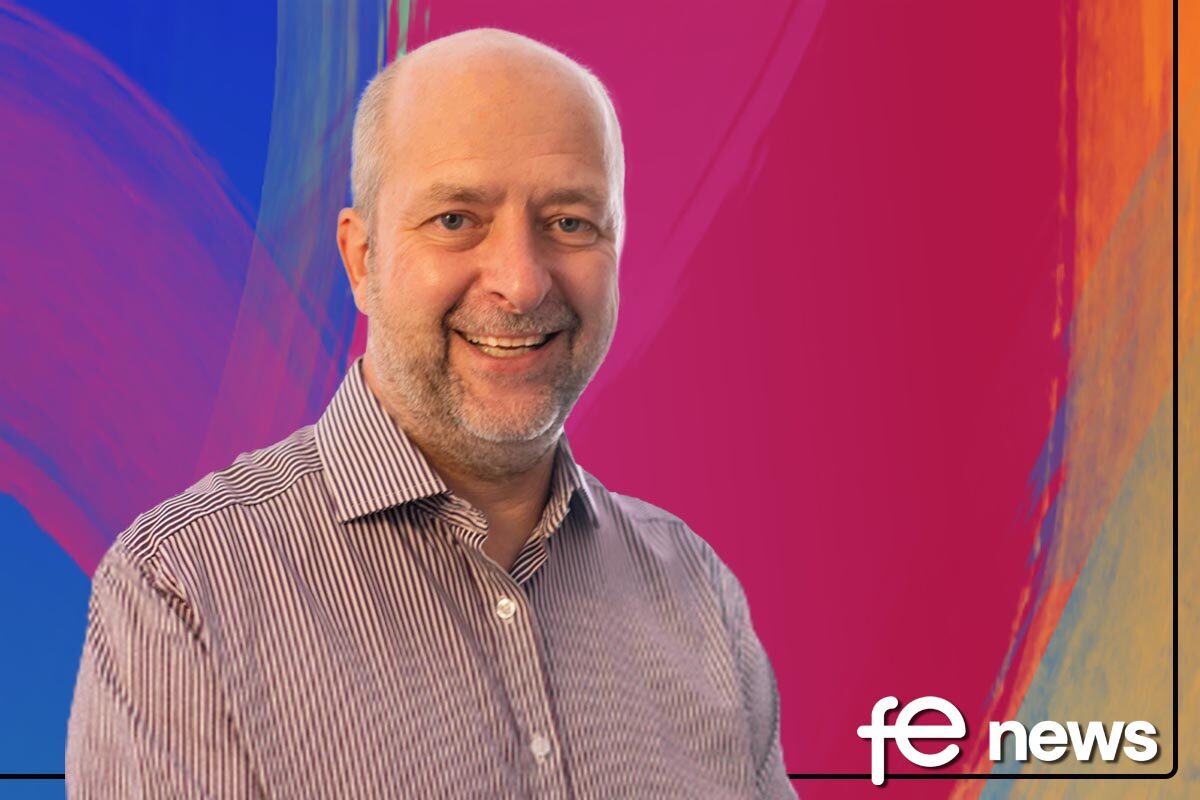
The end of another academic year and the summer break – time to reflect on the past and plan ahead. Hopefully, the new government’s plans for education will make a difference, but it won’t be a quick fix. So how can you best help yourself and invest time in your own personal development and wellbeing? After all, you’re the person with the vested interest.
The end of term always seems far away and then it’s suddenly here, giving time to take a breath. Whether you are continuing in your role or moving on, how much are you looking forward to next term? What would you like to achieve?
Perhaps to take greater control of your life, and make much needed changes that will build on what is going well and remove the need to deal with the same old challenges for another year?
Whether you are on term time or an annual contract, it’s important to have a break. It also provides a great opportunity to plan for self-managed change. Time to take time for yourself, and use your knowledge and foresight to create positive solutions and goals to support your future wellbeing. But how?
One tried and tested approach to planning, which some may be familiar with from models used in curriculum design, is backward planning or future perspective. The ‘Backwards by Design’ (Wiggins and McTighe) approach to curriculum development, begins as the name suggests, at the end. Assessments for learning goals and skills are identified and provide the basis for how content is taught, rather than the more traditional content-based design. It’s akin to a tennis player or other sports professional visualising the game they will play and the outcome they will achieve, and working with their coach on how to get there.
In the same way, to make positive changes to your personal wellbeing, start by identifying the outcome you want to experience – where you want to be – and then develop the steps to enable you to reach that goal. Think as if you are already in the future and how you reached there.
Backward planning involves undertaking a short three-step exercise. It’s not always easy and for some it may be uncomfortable – just give it a try.
Step 1:
Imagine its July 2025, one year on. Picture where you would like to be – the work and home life you want. Think about it in detail and then jump straight there – don’t think about how you got there.
Now, look back over the past academic year and start to work through everything that made it successful. Think of what you achieved along the way – remember you are a year ahead and looking back – what made it your best year yet? Better still, make a list on a tablet, phone, or piece of paper. Ask yourself the following questions:
- How were you able to achieve each success and what challenges did you overcome to make it such a good year?
- How did you remain calm and what did you do to overcome stressful situations, for example in managing workload, behaviour, or other people?
- Which colleagues helped and supported you and how did you make a difference to them?
- Outside work, what friends were you able to connect with, what events or trips did you go on?
- What were you able to do during the working week to maintain a healthy balance, and what activities did you enjoy undertaking?
Then think about any other questions you can ask yourself that will highlight all the positive steps and actions you took. You now have a list that underpinned your success.
Step 2:
Once again, imagine it is July 2025, but this time you are not in the position you would like to be in – the year did not work out how you had planned. Perhaps it just continued along with more of the same, with no change or improvement.
Now ask questions about what stopped you succeeding, and list out actions and activities that hindered, rather than helped you. This might include workload (if so, be specific), a difficult colleague, change that you didn’t want to accept, a lack of flexibility – write them all down.
Step 3:
Now, use these two lists to plan for next year. Against each of the items listed, think about what you will do to ensure all the actions, activities, and conversations you have on your first list happen. Then address the issues (work, people, behaviours) identified on your second list and think about how you will make sure they do not come true.
For example, if ‘having a better work-life balance’ was one of the areas identified, and you recognised you could improve the balance by reducing the time worked outside college by 5 hours each week, then the steps to achieving this could include:
- Stopping work at 6pm three nights a week, whatever the situation
- Not working on Saturdays
- Prioritising workload to do the most important tasks first and not working beyond the time you set
Then, your focus is to ensure this happens.
While it is easy to say and harder to do, planning backwards can be a powerful technique to help improve your wellbeing and performance through better preparation for achieving the outcomes you want. To effectively master the technique, as with all things, takes perseverance and practise, but why not give it a try – take a positive step, take control and create your own roadmap to personal wellbeing.
Mark Solomons, is CEO of Welbee, an acclaimed speaker and author of ‘What Makes Teachers Unhappy and What Can You Do About It? Building a Culture of Staff Wellbeing’.




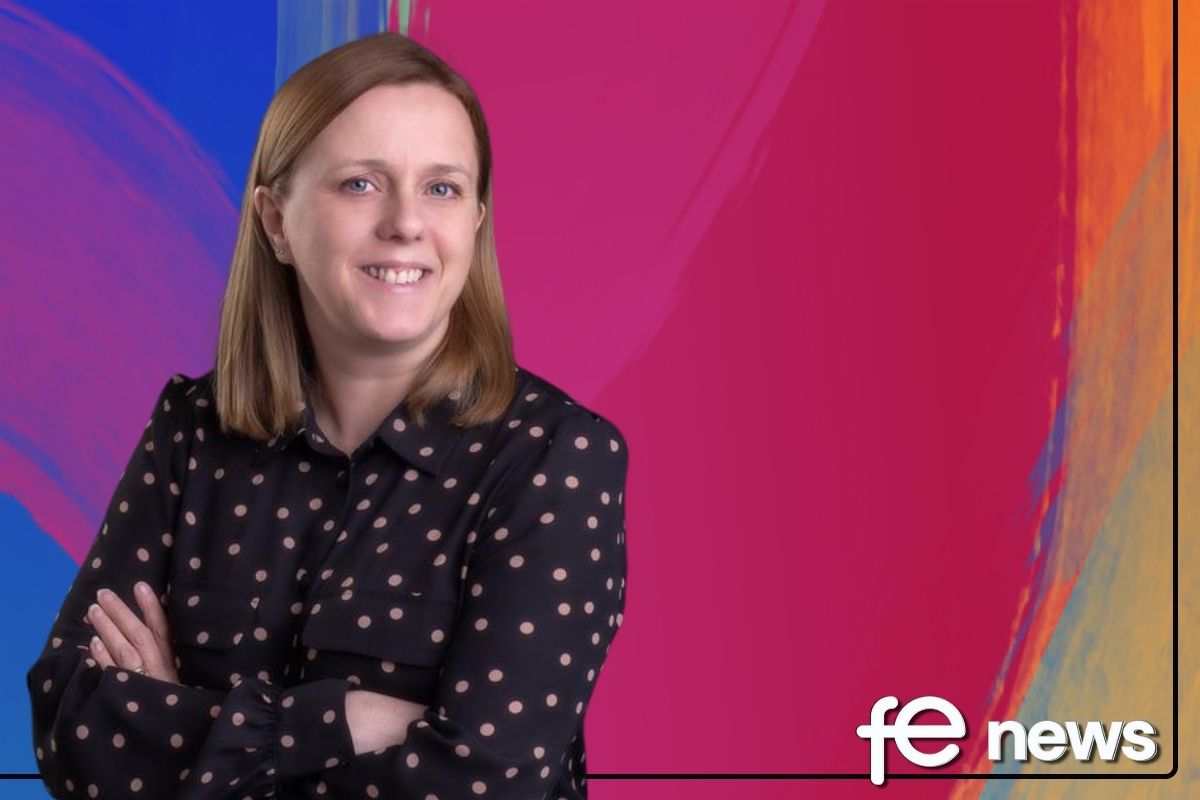



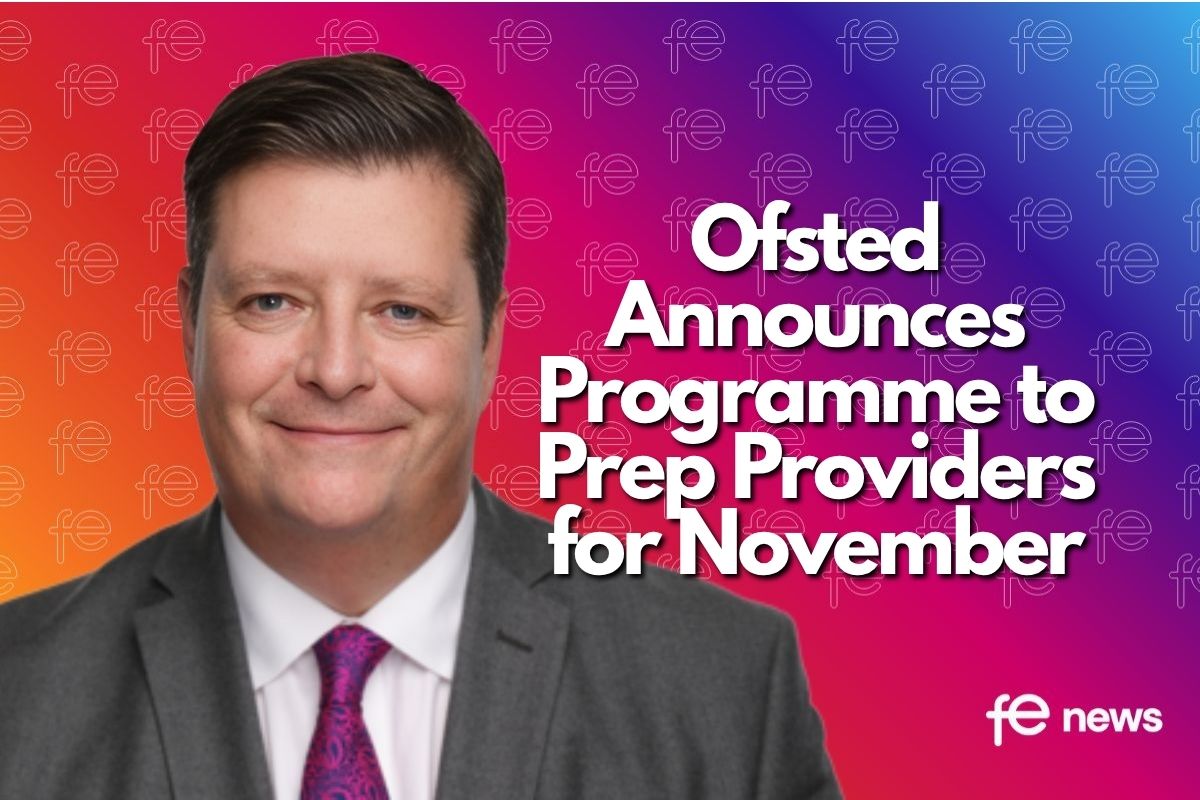
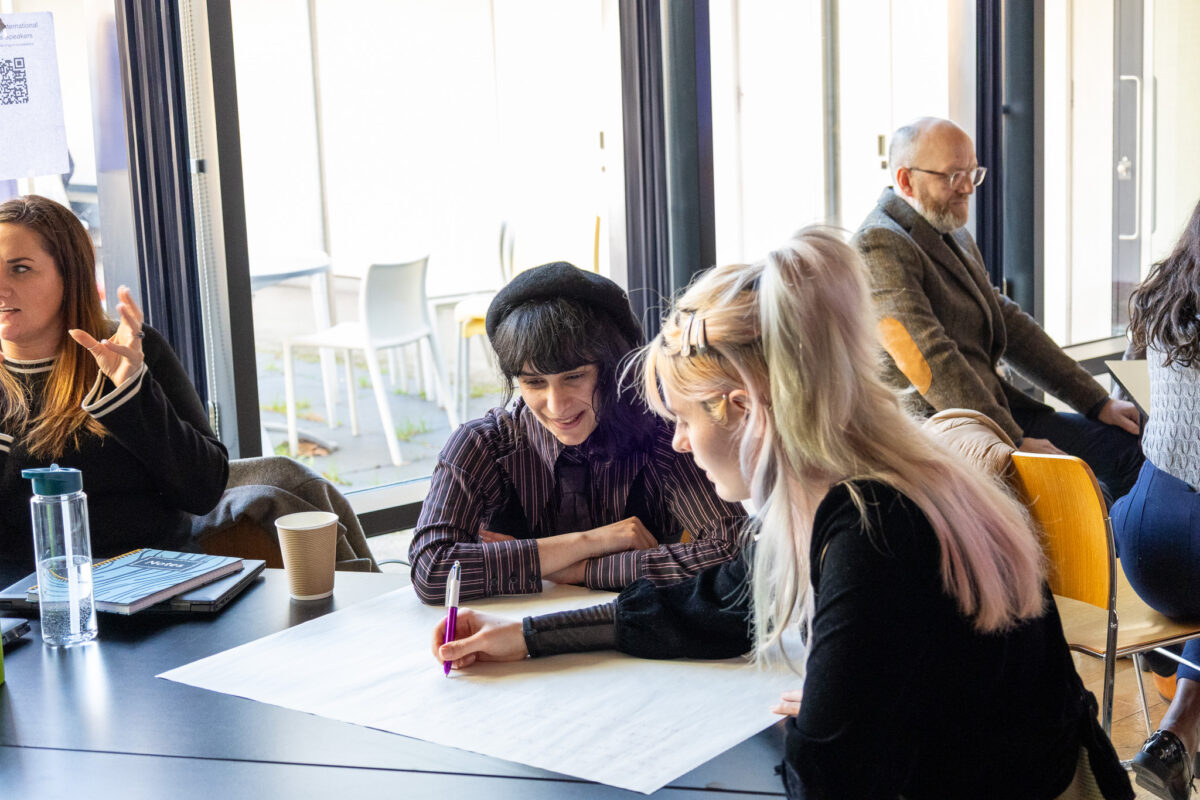
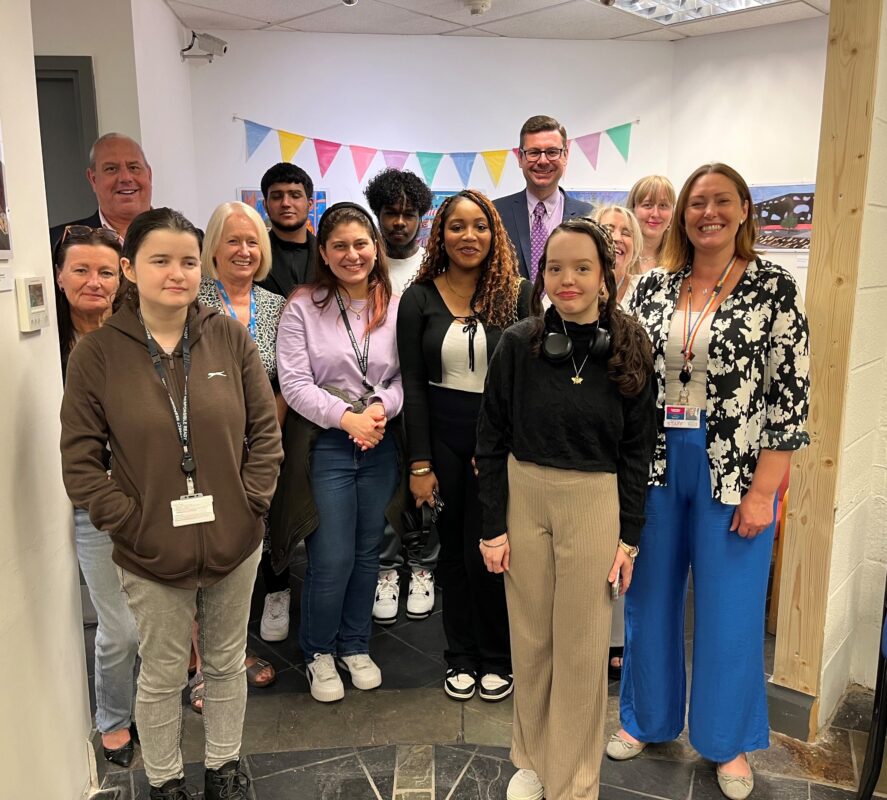
Responses